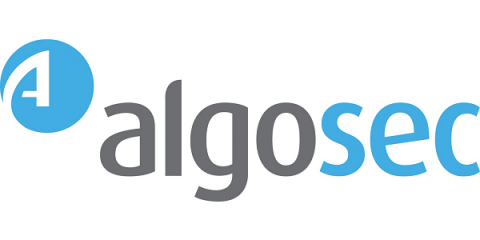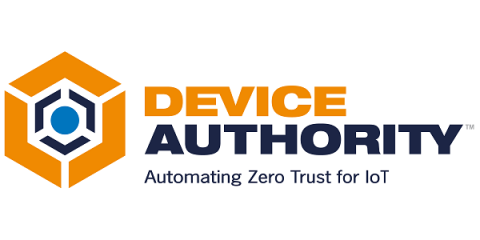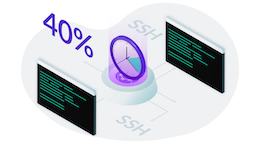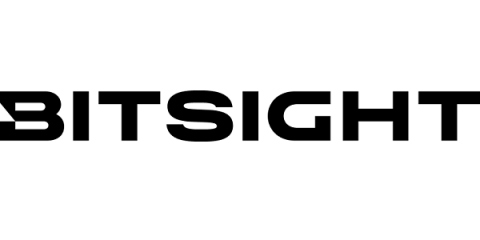Unveiling best practices for a resilient cloud security strategy
The transition to cloud-based environments has ushered in unparalleled efficiency, scalability, and innovation. However, it has also magnified the importance of fortifying our digital fortresses against an array of potential risks. Considering the increasing reliance on cloud computing, it’s important to find the best practices and strategies that organizations can adopt to enhance their cloud security posture and mitigate the risks associated with cloud-based environments.











